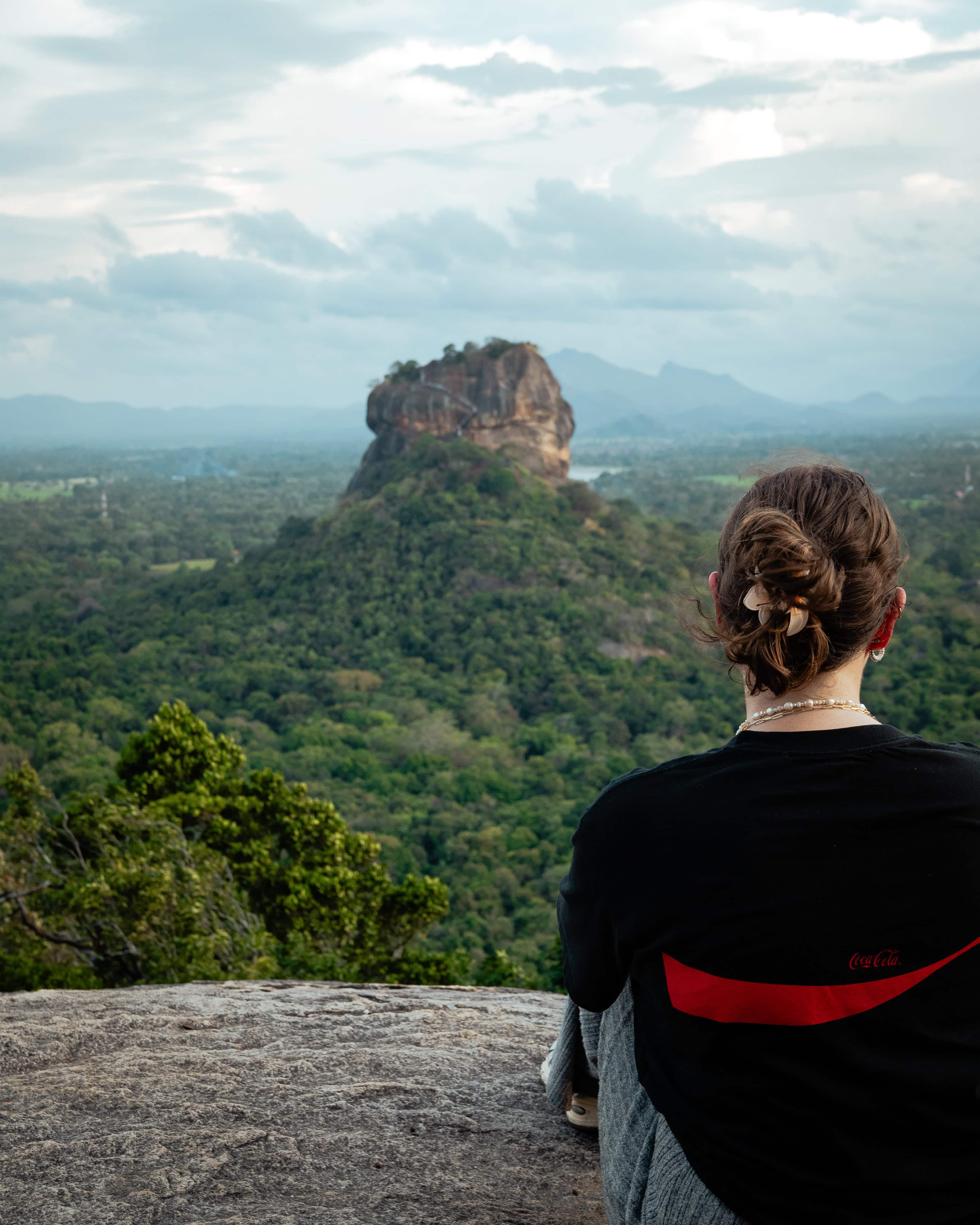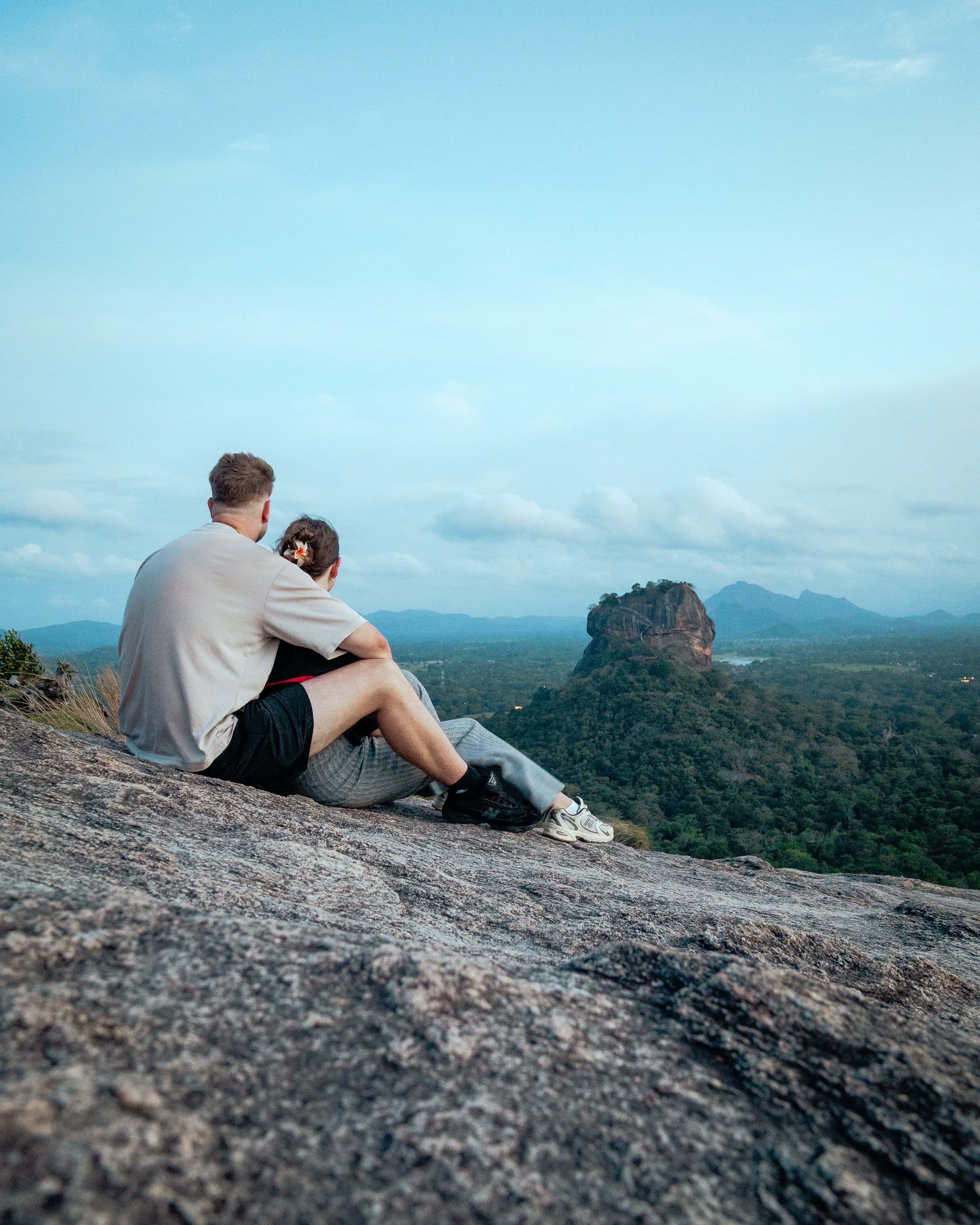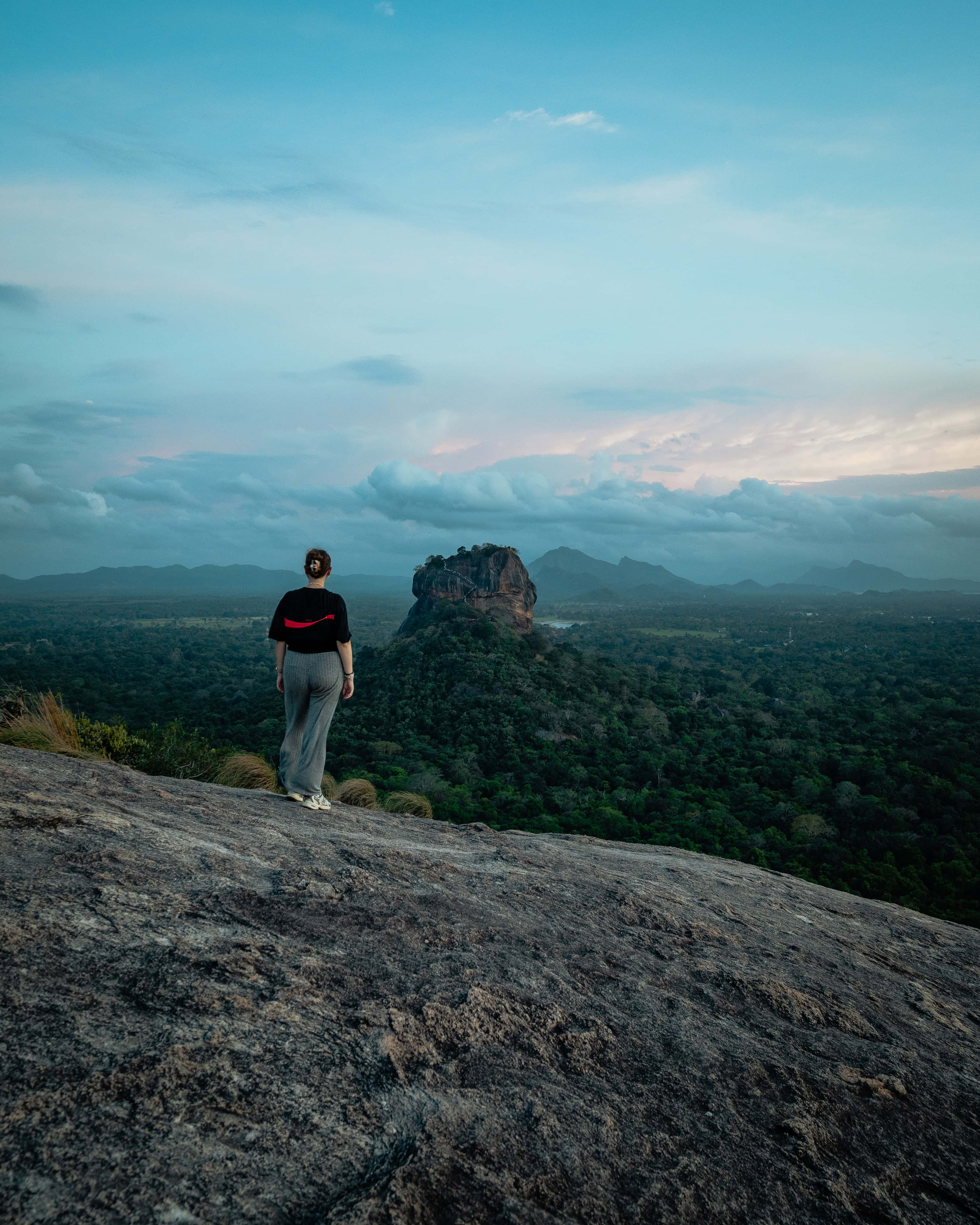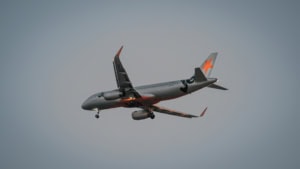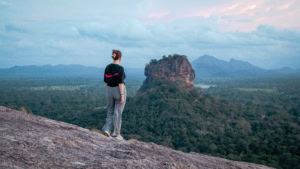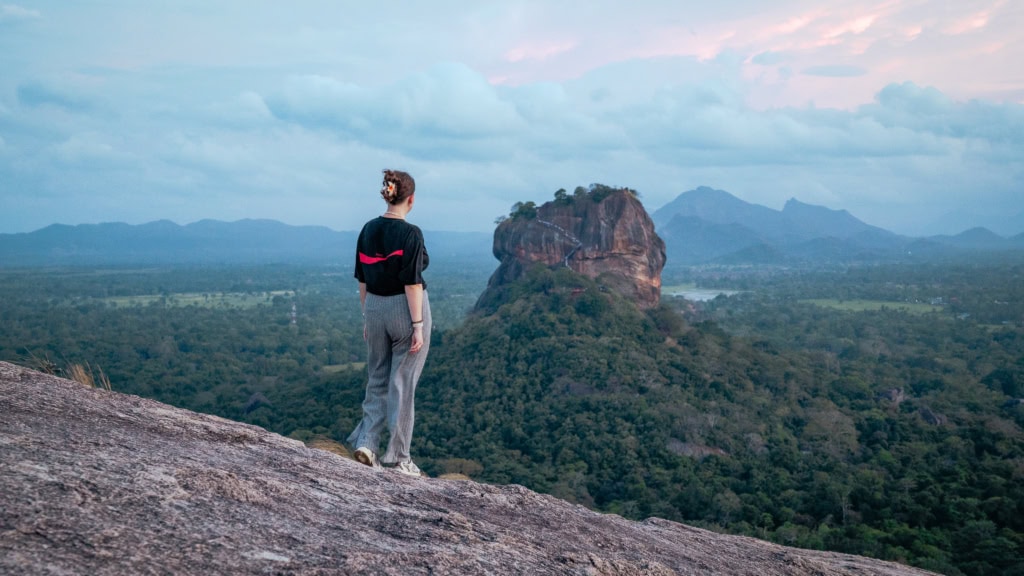Not far from the famous Sigiriya Rock lies the lesser-known yet equally fascinating Pidurangala Rock. This striking rock attracts visitors with its spectacular views, historical atmosphere and quieter, more authentic experience away from the tourist crowds. Pidurangala is the perfect destination for travellers seeking an authentic and immersive experience of Sri Lanka – offering much more than just a ‘cheap alternative’ to Sigiriya.
Location and how to get there
Pidurangala Rock is located in the heart of Sri Lanka, only about one kilometre north of the world-famous Sigiriya Rock Fortress. The region belongs to the country’s Cultural Triangle and is part of the Matale District in the Central Province. The journey is usually made via Colombo or Kandy, by private driver, hire car or bus. If you are already in Sigiriya, you can easily reach Pidurangala by bicycle or tuk-tuk.
History of Pidurangala
Although Pidurangala is less well-known than Sigiriya, it has a history that goes back just as far. As early as the 3rd century BC, the rock was used as a monastery by Buddhist monks. However, it experienced its heyday during the 5th-century reign of King Kashyapa, who expanded the Sigiriya rock into a fortress. According to legend, Kashyapa expelled the monks living there and had Pidurangala built as their new spiritual home. In return, the monks supported the construction of his rock fortress.
The remains of this important former monastery can still be visited today at the foot of the rock. Of particular note is the 12-metre-long reclining Buddha statue in the upper part of the complex. Dating back to the Anuradhapura period, it is one of the most historically significant Buddha statues in the region.
The hike up Pidurangala Rock
The ascent begins at the temple of the same name, Pidurangala Raja Maha Viharaya. There is a small entrance fee of 500 to 1,000 Sri Lankan rupees (around 1 to 3 euros). This amount is used to maintain the monastery and the hiking trails. Visitors should wear respectful clothing, especially when passing through the temple grounds. Shoulders and knees must be covered.
The hike takes between 30 and 45 minutes. It begins with steps and paved paths, followed by a short but challenging climbing section. The final section, in particular, requires surefootedness as there are some large boulders to navigate. In return, hikers are rewarded with one of the most spectacular views in Sri Lanka.
The view: Sigiriya from the best perspective
The real highlight of Pidurangala is the breathtaking panoramic view from the summit. From here, the majestic Sigiriya rock can be seen in all its glory, standing alone in the middle of the lush green jungle landscape and framed by endless treetops and a vast sky. The magical atmosphere that unfolds when the light bathes the rocks in warm colours is especially beautiful in the early hours of the morning or at sunset. This is one of the country’s most iconic photo motifs, and a must for photographers and nature lovers.
Pidurangala vs. Sigiriya – a brief comparison
Sigiriya is one of Sri Lanka’s most famous attractions. It’s a UNESCO World Heritage Site and an archaeological masterpiece. As you climb, you will pass through ornate gardens and frescoes, and see impressive lion paws, before reaching the plateau of the former royal fortress. The site tells the story of power, paranoia and splendour, offering a historically fascinating experience that is heavily influenced by tourism.
Pidurangala, on the other hand, offers a more rugged, nature-oriented alternative. Here, the focus is on the spiritual past, spectacular views, and tranquil, almost meditative atmosphere. While Sigiriya is often overcrowded and expensive (admission costs around 30 USD), Pidurangala remains comparatively quiet and inexpensive. Those who are physically fit and enjoy hiking will find Pidurangala a worthwhile alternative to Sigiriya, or an ideal addition to a visit there.
Best time to travel and practical tips
The best times for the ascent are early in the morning before sunrise or in the late afternoon. At these times, the heat is more bearable, the light is particularly beautiful, and the view is clear. The weather in the region is most stable between January and April and July and September.
Good footwear is essential, as the rocky sections can be slippery. Other essential items include water, a camera and a headlamp for sunrise, as well as respect for the religious site.
Pidurangala is more than just an inexpensive alternative to Sigiriya – it is a place where nature, history and spirituality come together in an impressive way. If you want to experience an authentic side of Sri Lanka, away from the tourist crowds, you will discover a hidden gem here. The view, tranquillity and historic surroundings make Pidurangala an unforgettable highlight of any trip through the island’s interior.


